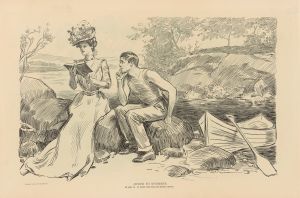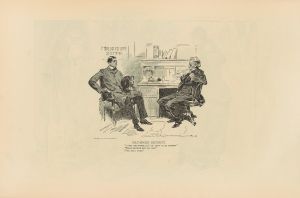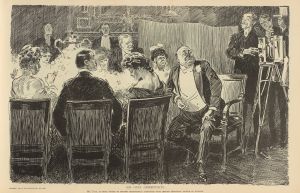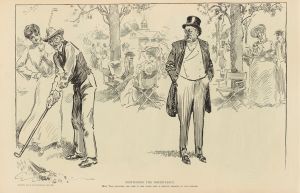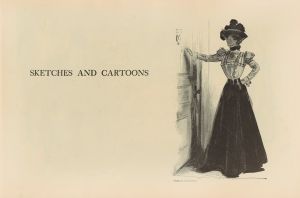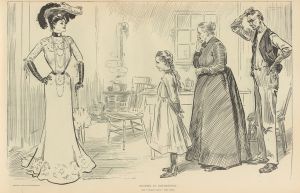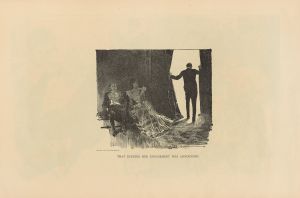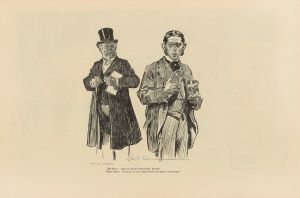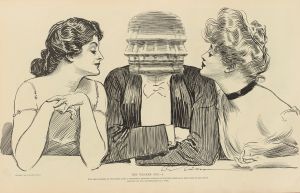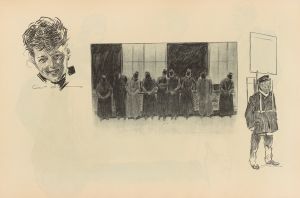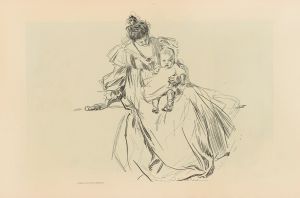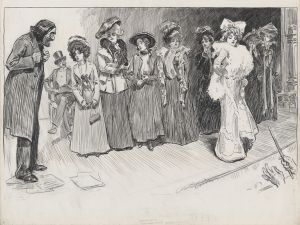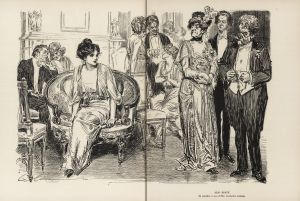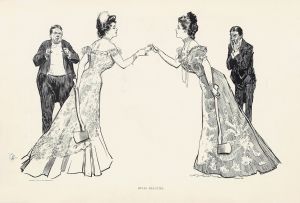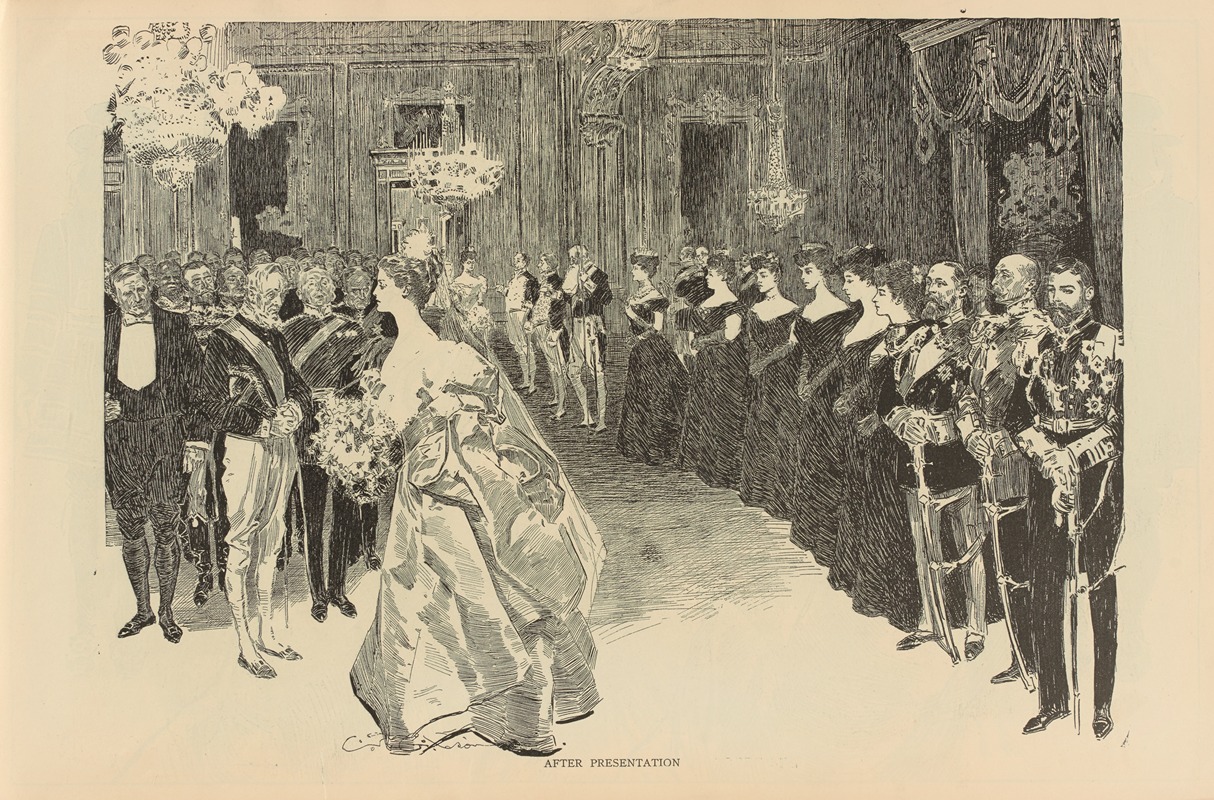
After presentation
A hand-painted replica of Charles Dana Gibson’s masterpiece After presentation, meticulously crafted by professional artists to capture the true essence of the original. Each piece is created with museum-quality canvas and rare mineral pigments, carefully painted by experienced artists with delicate brushstrokes and rich, layered colors to perfectly recreate the texture of the original artwork. Unlike machine-printed reproductions, this hand-painted version brings the painting to life, infused with the artist’s emotions and skill in every stroke. Whether for personal collection or home decoration, it instantly elevates the artistic atmosphere of any space.
Charles Dana Gibson was an influential American illustrator best known for creating the iconic "Gibson Girl," a representation of the idealized American woman at the turn of the 20th century. Among his numerous works, "After Presentation" is one of the illustrations that exemplifies his style and thematic focus.
Gibson was born in Roxbury, Massachusetts, in 1867 and studied at the Art Students League in New York City. He began his career as an illustrator in the late 19th century, contributing to various magazines, including Life, Harper's Weekly, and Scribner's. His work gained widespread popularity, and he became one of the most celebrated illustrators of his time.
"After Presentation" is a black-and-white illustration that captures the social dynamics and fashion of the Edwardian era. The artwork typically features elegantly dressed men and women in a formal setting, often depicting scenes of upper-class society. Gibson's illustrations are characterized by their detailed line work and the expressive, confident demeanor of his subjects. The "Gibson Girl," in particular, is portrayed as independent, fashionable, and poised, embodying the changing roles of women during this period.
The illustration "After Presentation" likely depicts a scene following a formal event, such as a debutante ball or a high-society gathering, where individuals are presented to society. These events were significant social occasions, especially for young women, as they marked their introduction into the social elite. The artwork reflects the customs and social rituals of the time, highlighting the importance of appearance, manners, and social status.
Gibson's work, including "After Presentation," played a significant role in shaping public perceptions of beauty and femininity in the early 20th century. The "Gibson Girl" became a cultural icon, influencing fashion and the portrayal of women in media. Gibson's illustrations were not only artistic expressions but also commentaries on the social norms and expectations of his era.
Throughout his career, Gibson's illustrations were widely reproduced in magazines, books, and prints, making his work accessible to a broad audience. His ability to capture the essence of his time with humor and insight contributed to his lasting legacy in American art and illustration.
In summary, "After Presentation" by Charles Dana Gibson is a notable example of his work that encapsulates the elegance and social intricacies of the Edwardian era. Through his detailed and expressive illustrations, Gibson left an indelible mark on the portrayal of women and society in the early 20th century, making him a pivotal figure in the history of American illustration.





